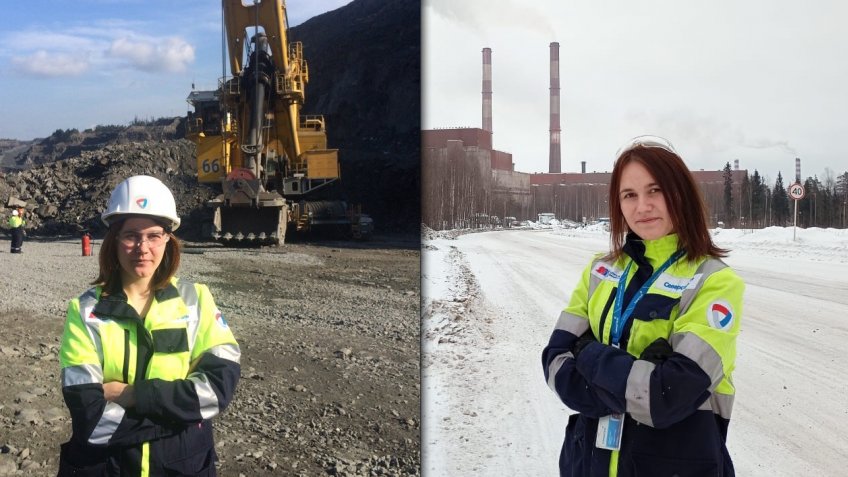Mining University graduate on how to prevent industrial disasters

Some say that all industrial disasters are either attributable to the human factor - whether caused by accident, negligence or incompetence - or natural phenomena. Sometimes both happen at a time. Olga Baranova, Saint Petersburg Mining University's graduate, Chief Engineer for Occupational Safety at Karelsky Okatysh, explains, "Despite all the developments in process safety management and new techniques for monitoring and preventing workplace hazards, most natural phenomena causing incidents are still unpredictable.
"Scientists' role is to learn how to anticipate these hazards and react in time and accordingly. Besides, a well-managed mechanism of action should be elaborated in case an emergency takes place."
The company Olga works for introduced a monitoring centre. Its specialists can track the technical status of a facility right on their screens. Cameras and digital sensors, both stationary and mounted onto heavy-duty equipment, transmit data.
This system helps monitor hazards and other emergencies. It is also suitable for administering weekly large-scale blasts done to open a deposit. Monitoring centres are a brilliant example of how a preventive measure, although a rather expensive and, for now, non-compulsory one, significantly reduces the risks of workers' deaths.
"In an ideal situation, specialists in occupational safety and health should exercise an advisory function - assist in mapping out and complying with regulations, striving to lower risk probability at an organisation. But in reality, we are, in a way, supervisors. In addition to proactive measures, we also impose compliance enforcement measures. The company has adopted a set of rules aimed at reducing injury rates. For example, all of our entry control points are equipped with alcohol-screening devices, which cannot be bypassed. Railway crossings intersecting mining and processing sites are mounted with a hardware-software complex. It utilises artificial intelligence and computer vision technologies to search for vehicles in the surveillance zone. It is a common situation and is a human error, but it may have tragic consequences. Therefore such violations should be monitored."
The future lies in digitalisation and automation technologies. They will make it less needed to be exposed to hazardous working environments, thereby enhancing industrial safety. Remote-controlled machinery and equipment are some of the newest solutions: autonomous dump trucks, drilling rigs, positioning and movement monitoring systems tailored at mine workers, and laser scanners. Of course, new technologies will not replace humans. Still, they will free us up for working at a new qualification level.
"We are currently testing exoskeletons that we plan to purchase for the company. This innovative device is designed to increase muscle strength and yet relieve muscle tension. Exoskeletons help relieve the stress of a person remaining mostly stationary while at work. It can be, for example, a mechanic who repairs machinery and is forced to keep their hands elevated over time."
Karelsky Okatysh's Department of Occupational Health and Safety employs over 20 specialists, with some of them working in the head office and others at production facilities. A majority of them are Mining University's graduates who studied industrial and labour safety, geomechanics, rock destruction, and mining thermal physics.
